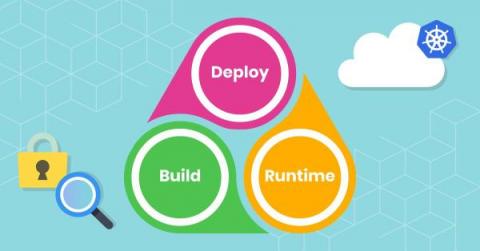4 ways automation can improve your security posture
Security is top of mind for many organizations—and for good reason. Recovering from a data breach is extremely costly. In fact, the average data breach costs more than $8.6 million in the US. One of the best ways to defend against cyberthreats is by adopting and implementing security automation.











